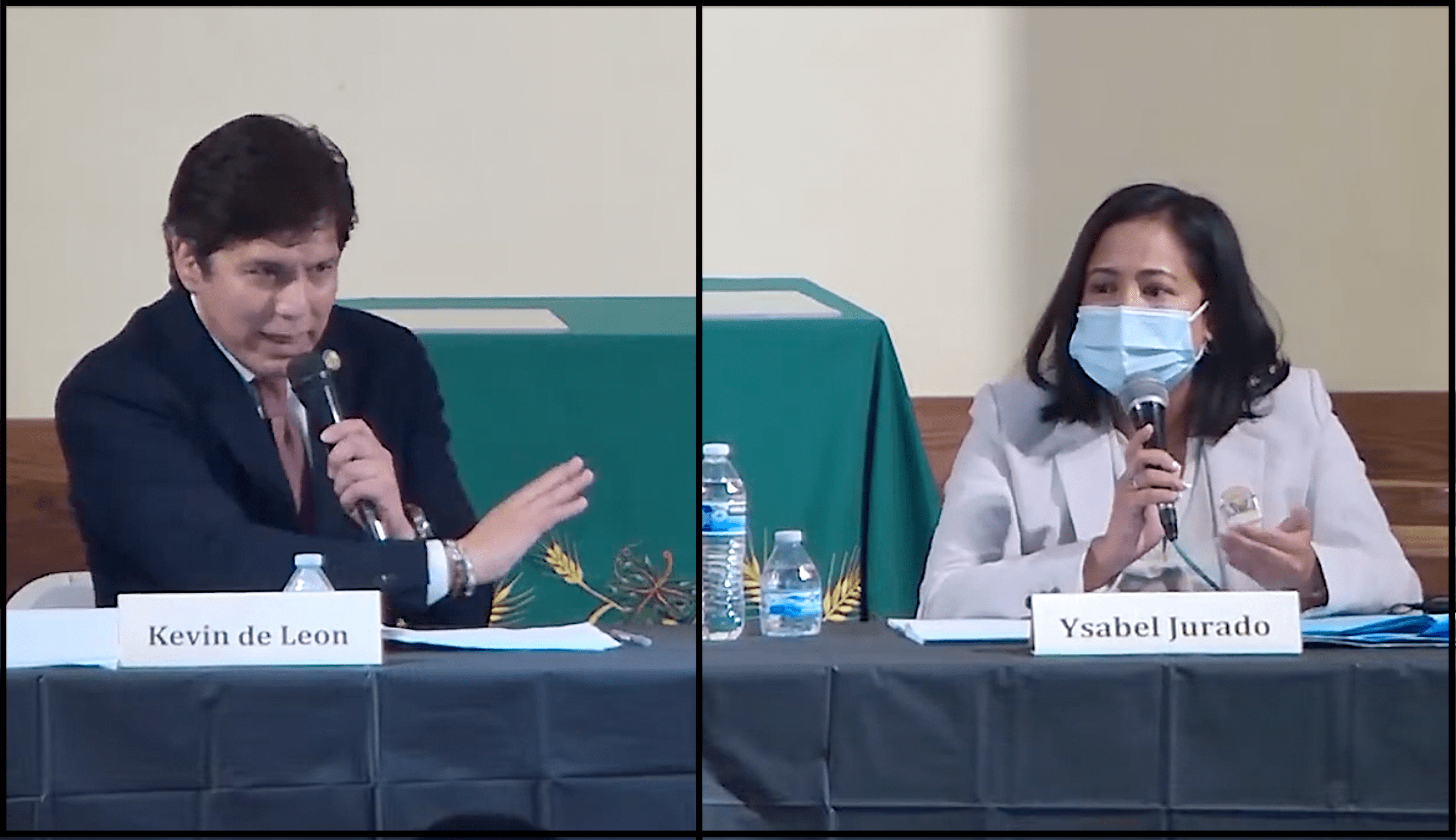(This is the first of a two-part series. The second piece will look at some of the local maps and provide a more local review. - DN)
If you haven't been keeping up with the state of the L.A. County Bicycle Plan process, don't feel bad. You're not alone. Because the plan only covers the unincorporated parts of L.A. County, it's a plan for small patches of bicycle infrastructure in what would appear to be completely random places unless you're well versed in the political boundaries of Greater Los Angeles.
Another reason not to be enthused about the plan? It's kind of really boring. Or, as Allison Mannos of the Los Angeles County Bicycle Coalition (LACBC) put it, "It reminds me of where the city's Bike Plan was two years ago."
The good news is that the plan does call for hundreds of miles of new bike paths, bike lanes, and bike routes. The bad news is that many L.A. County roads won't receive the treatments they deserve to keep routes safe and increase cyclists' access.
With hearings being held for the plan throughout the rest of the month, now is the perfect time to check in with some of the issues that L.A. County needs to address when editing and improving its Draft Bike Plan.
The largest two problems, as stated by the LACBC, is a county law requiring that mixed use travel lanes be at least twelve feet in width and that most of the "bike routes" are really just streets with signs saying bike routes. At the 2010 Street Summit, LADOT Senior Bikeways Coordinator Michelle Mowery referred to these kinds of "bike routes" as "useless."
So what can be done? The most obvious answer is to allow for mixed use travel lanes to be shrunk to both make space for bike lanes and slow traffic down on streets where bicycles are expected to travel. "There are plenty of streets that should have bike lanes, that could have bike lanes if we could make the car lanes narrower," explains Mannos.
If bike lanes are neither a planning nor political possibility, then Sharrows on bike routes are another option.
Another problem is that the public outreach for the meetings has been somewhat lacking. While emails to the people that requested them have gone out weeks ago, community flyering was done a week or less before the meetings, the meetings aren't always in easily accessible locations -- at least by bicycle -- and none of the materials are translated to Spanish. There are a lot of meetings scheduled, over twice the number of meetings planned for each round of L.A. City Bike Plan meetings for a smaller space, but that doesn't matter much when the meetings are poorly advertised.
But most problematically, there is no plan to implement any part of the bicycle plan. In the part of the plan left for implementation the three letters that signify a lack of accountability "TBD" appear next to every part of the plan, whether it be engineering or education. If every part of the implementation time-line, including cost-free changes to the county code, is "to be determined," it's hard to even think of this as a plan. It's more like a bunch of lines on a map.
To turn the "TBD" into a to-do list, with a project schedule and attainable goals, could be the heaviest lift of all. In the meantime, there's plenty of work left to be done to make sure that progressive bike planning doesn't stop at city's end.






